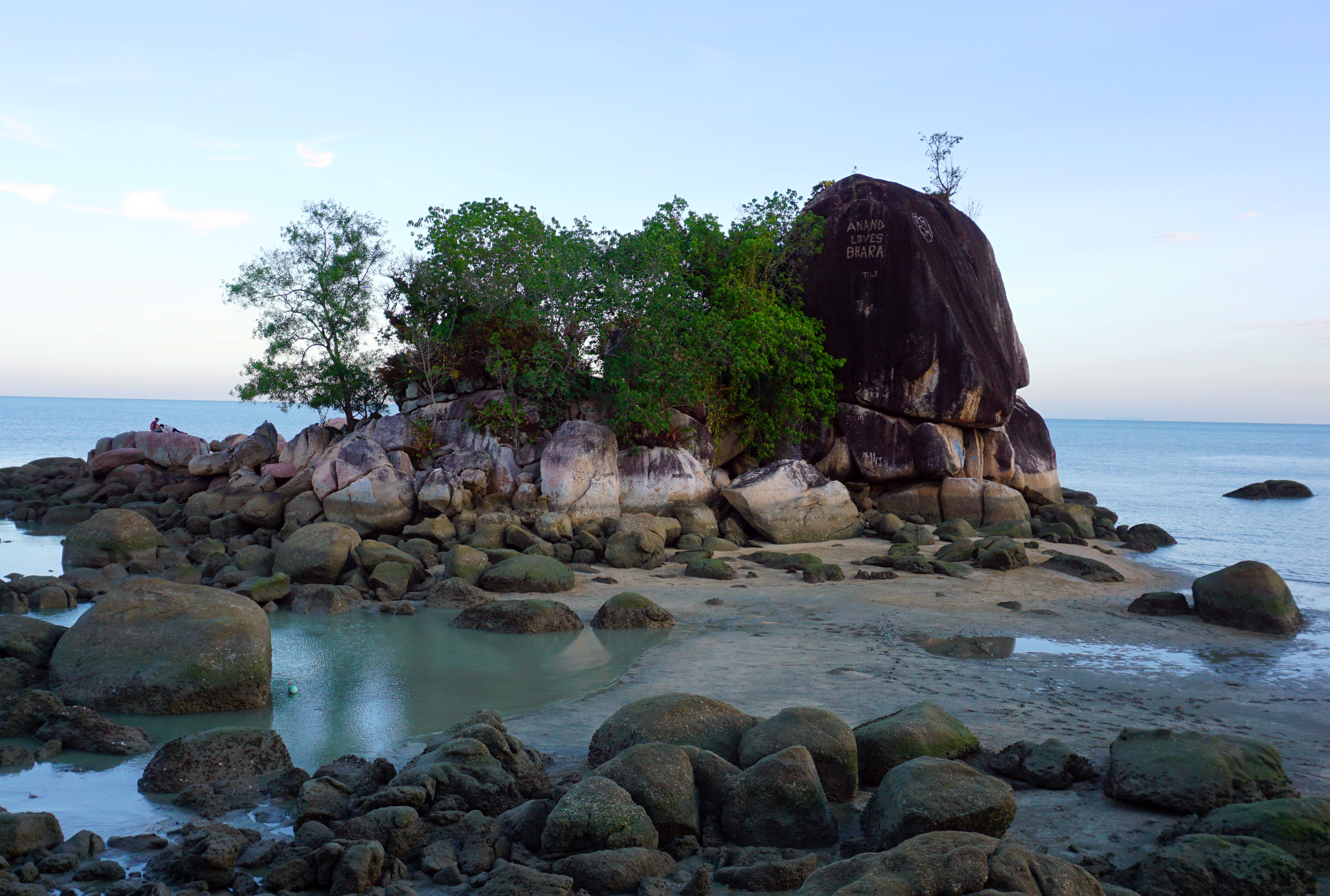When The Waters Recede: Walking to Batu Ferringhi Isle
By Rexy Prakash Chacko
May 2025 PEAKS AND PARKS
Rexy Prakash Chacko

is an electronic engineer by profession and a nature lover by passion. While he spends his weekdays earning a living at the Bayan Lepas Free Industrial Zone, his weekends are spent reflecting and recharging on the green hills of Penang.




